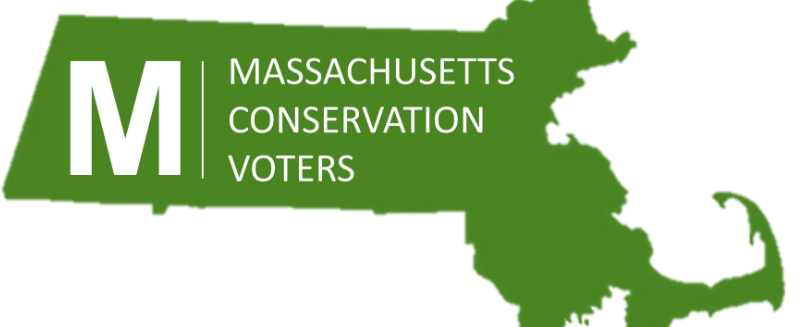Catherine Nagel | Guest Contributor, U.S. News & World Report | June 16, 2020
Catherine Nagel is the executive director of the City Parks Alliance.
In this extraordinary time, city parks have once again proved themselves to be critical public infrastructure, strengthening neighborhoods and building bonds among people from all walks of life. The COVID-19 pandemic has placed a premium on access to nature and physical activity with appropriate social distancing, making urban parks more vital to the health of our cities than ever before. Simply put, our parks are essential.
When schools, businesses, houses of worship, libraries and other civic and commercial institutions closed their doors, park use surged as people sought respite from the quarantine. Parks help people to feel normal again, and serve as an outlet that is especially important in densely populated urban neighborhoods where indoor and outdoor spaces are precious.
The pandemic will continue to exact a heavy economic toll on state and local governments. We are already seeing examples of proposed budget cuts to parks departments from New York City to Spokane, Washington. Beyond affecting services like trash removal and landscaping, the cuts would also impact workforce development and child care programming, moves that would harm many of the low-income communities that need these services most. Now is the time to recognize how essential parks and public spaces are and invest in them – not cut them. Placing an undue share of the financial strain on these important public spaces, their recreational programs and their staff is short-sighted and may derail a more robust recovery.
The United States will eventually begin to establish new daily rituals, and green spaces will keep us connected to one another in ways that weren’t always obvious before the age of social distancing. Nature is the one place among our urban settings where we can be together and apart at the same time – mutually protected and yet in solidarity. That fact is apparent in the way neighbors nod to one another from behind masks as they pass on trails or friends carefully arrange folding chairs on park lawns – with ample space between them – to reconnect after months of quarantine. In these gestures, we come to recognize how vital our parks are to us as social beings and to the close-knit networks that sustain us.
To read the full story, please click here.
